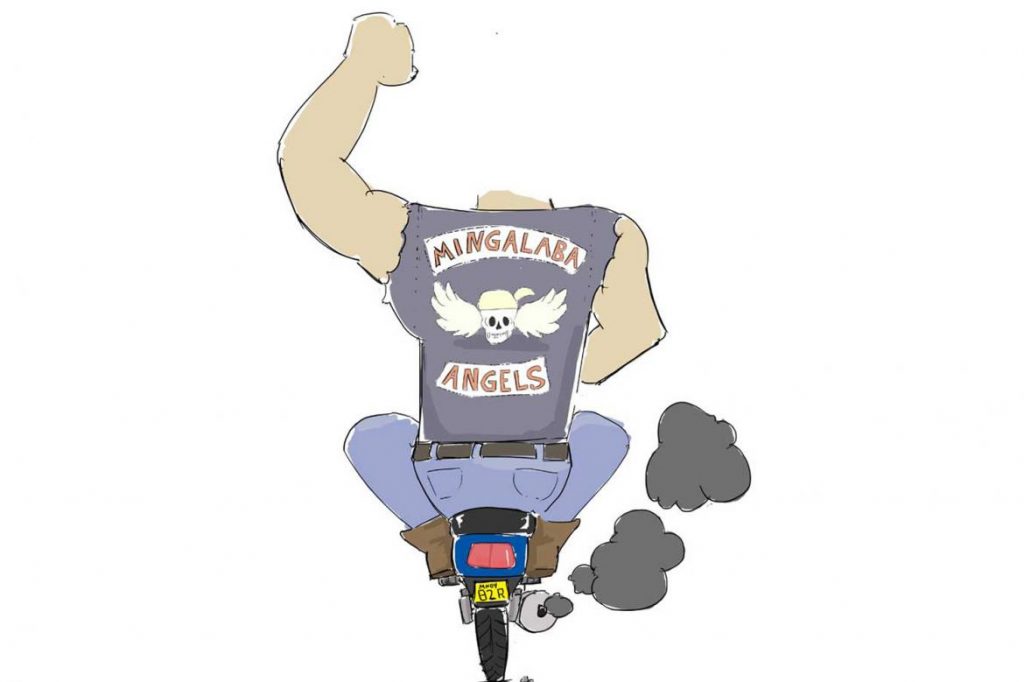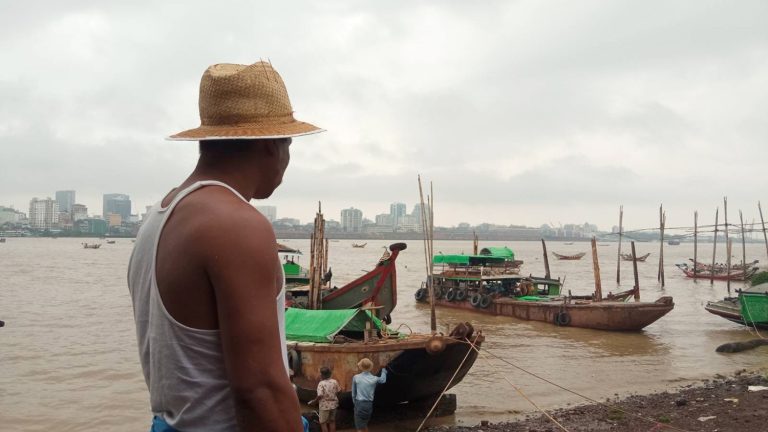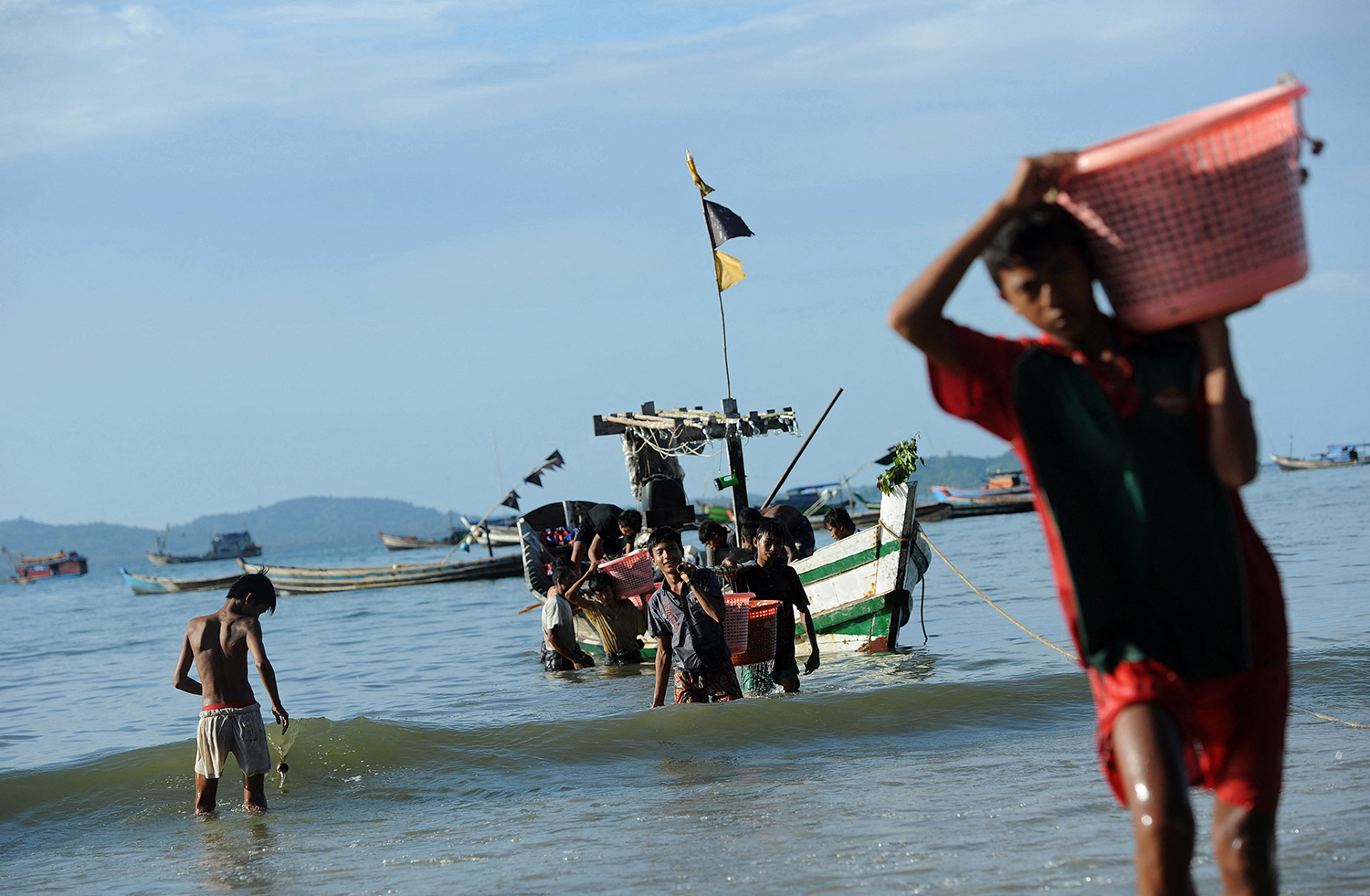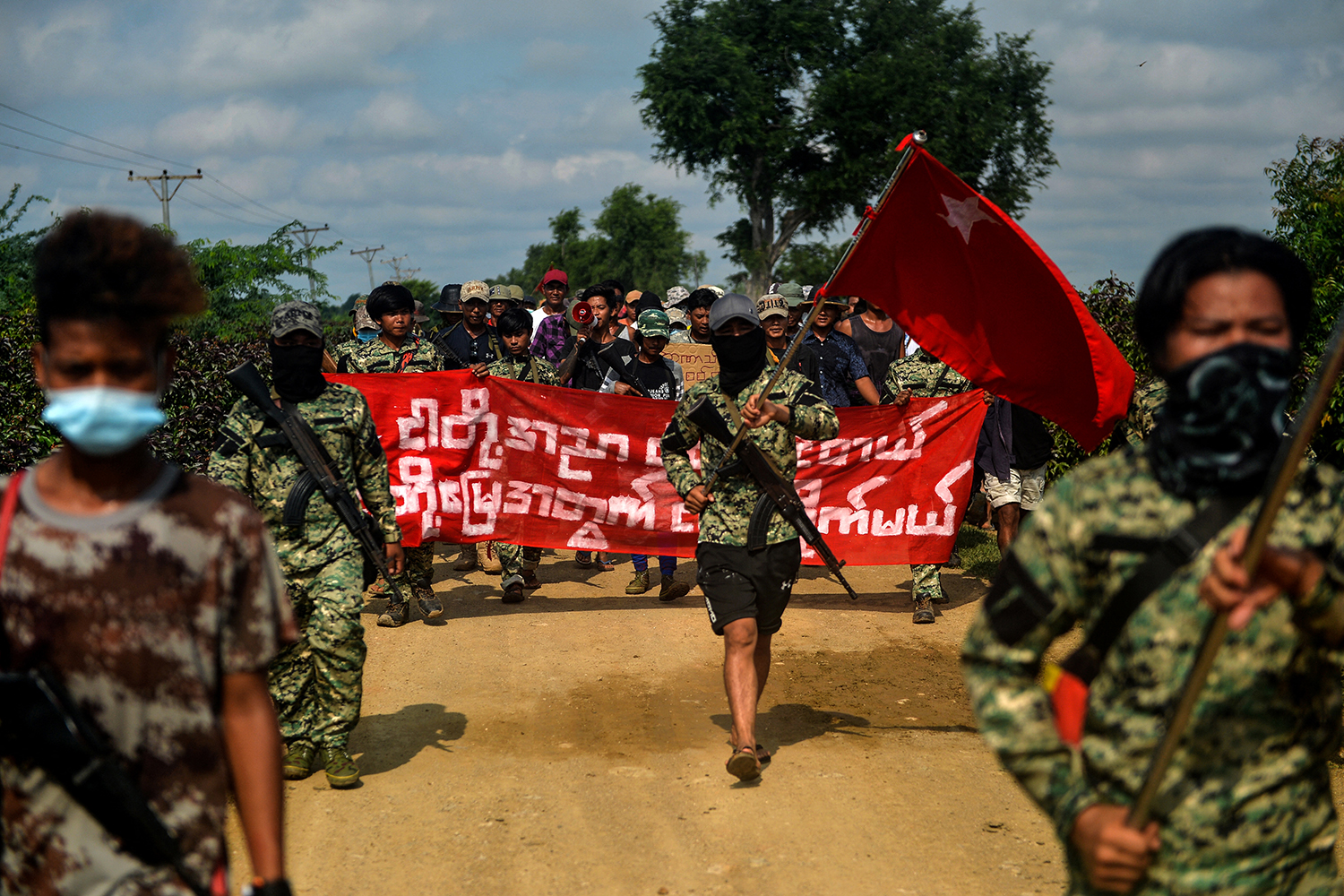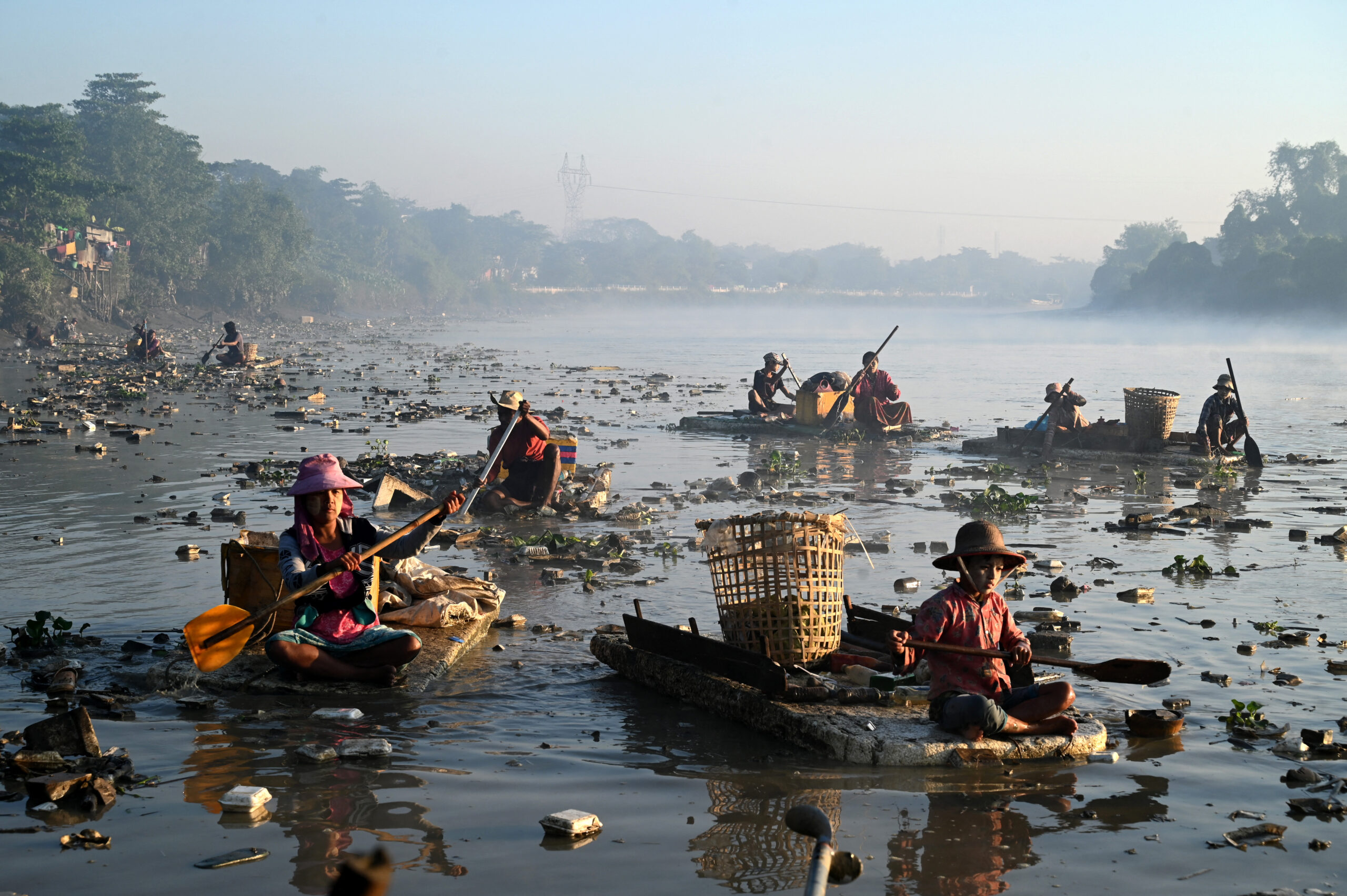Tales of death and despair when riding a motorbike in Myanmar made our writer reluctant to buy a bike in-country, but when he got out from behind Yangon’s Motorbike Curtain, he quickly learned that things weren’t nearly as bad as people were saying.
By JARED DOWNING | FRONTIER
I’VE HEARD several versions of the story behind Yangon’s motorbike ban, and none of them make much sense. Furthermore, all present-day cases for upholding the ban boil down to the fact that the ruling class finds them unsightly.
Admittedly that argument isn’t very well put-together, but I choose to believe it because I am a huge fan of motorbikes. Nevertheless, it took me two years to finally purchase one of my own because of the advice from people in Yangon.
“You want a bike?” they would ask. Well, you could buy an old one, but it would be unlicensed and probably stolen. Want a new one? It would cost between K1 million and K1.5 million to get a licence. Plus, it’s dangerous, they would say. Roving packs of cycle bandits prowl the countryside, and police arrest any foreigner they see on a bike. And anyway, they saw on the news that engine vibrations give you pancreatic cancer.
It was only when I travelled up-country to Mandalay that I realised Yangon is the hermit-like North Korea of the motorbike world in this country.
Support more independent journalism like this. Sign up to be a Frontier member.
Mandalarians talk about Yangonites with a kind of resigned pity, shaking their heads at those who wilfully refuse an efficient and affordable mode of private transportation and jam themselves into buses and expensive taxis.
In truth, the old highways are slow and shaded by trees, and I didn’t come across anywhere wearing flaming skull jackets or brandishing lengths of chain. Police smile and wave at mounted foreigners, and while people warn against sketchy sellers, everyone knows a trustworthy dealer with fully-licensed bikes.
The problem was, I’d spent most of my Myanmar life in Yangon, behind the Motor Curtain. Choosing a bike felt like being a 1985 East Berliner in a Tesco supermarket trying to choose a jar of peanut butter. Easy if you know how; paralysing if you don’t.
From an afternoon of visiting dealerships at random and speaking to anyone with a bit of English, I learned the following things.
First, dealers of used motorbikes are a local folk myth. When you follow directions to an alleged used bike dealership, you will instead discover a new bike dealer. This dealer, however, will claim to know of a used bike dealer in a different part of town, and the cycle will continue.
As for new bikes, Japanese brands are the best, but only generals and people who own jade mines can afford them.
Ordinary Myanmar people have two options: Kenbo, a Thai brand, and fifty or so identical Chinese brands with names like “Wave,” “Quing,” and “Striker,” one of which I just made up, because I can’t remember three and these brands are too obscure to be included in online lists.
In the end, the owner of the local Dreamland Guest House took me to his personal dealer and helped me pick out a 125cc semi-automatic that was licensed until 2019. It was a model of a Chinese brand called “Canda”, particularly popular for its tough suspension by people who carry heavy loads up mountains.
When I tried to search “Canda motorbikes”, Google showed me results for “Canada motorbikes”. Through the entire process, the best I could find in way of online reviews about cheap, Chinese motorbikes were articles telling me to never buy cheap, Chinese motorbikes.
I suppose the articles are right because outside Bago, my new Chinese bike blew a head gasket (a kind of seal thing that connects the pieces of the engine, apparently).
But it was no big deal; a roadside mechanic bought an identical part from a shop down the road and installed it for K5,000.
I realised, in a way, even Mandalay exists behind a kind of Motor Curtain – isolated from the global motorcycle industry is an industry that dismisses as junk everything Myanmar people (and, in this case, foreign hack journalists) can afford.
So over the years, people have learned for themselves what junk to buy and not buy, how to maintain the junk and what junk parts to have on hand, and over the years they’ve created a place where the junk isn’t really junk at all.
As for owning a motor scooter in Yangon, so far so good. I store it under my apartment stairs, and take it for rides on the edge of town. Even those trips are illegal, but I’ve seen a surprising number of fellow rebels.
Fight the scooter haters, Yangon, and ride free.


